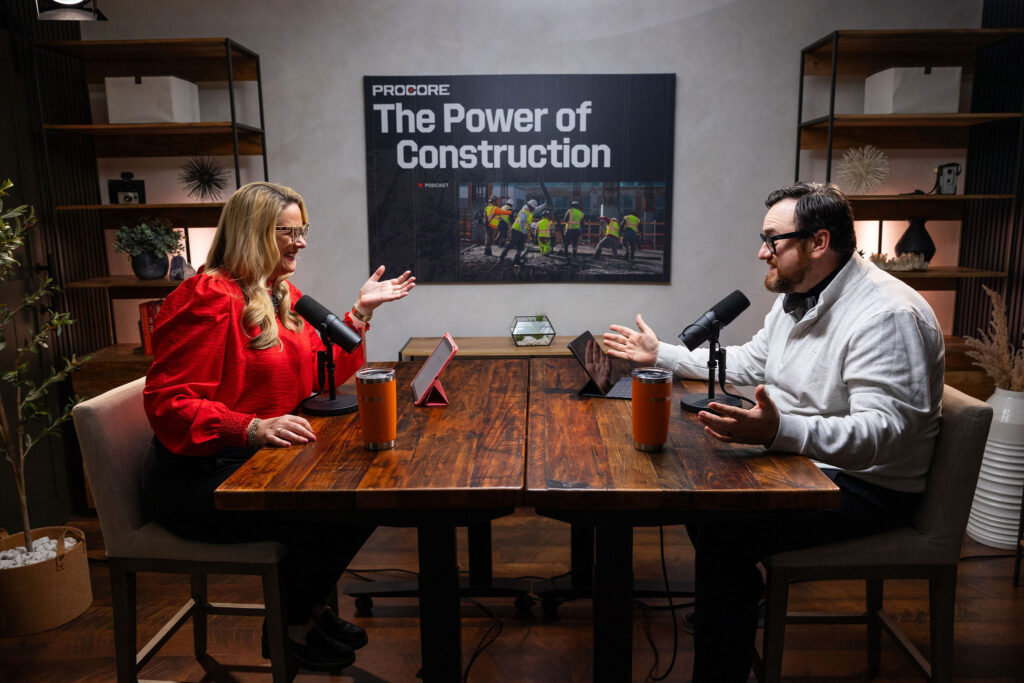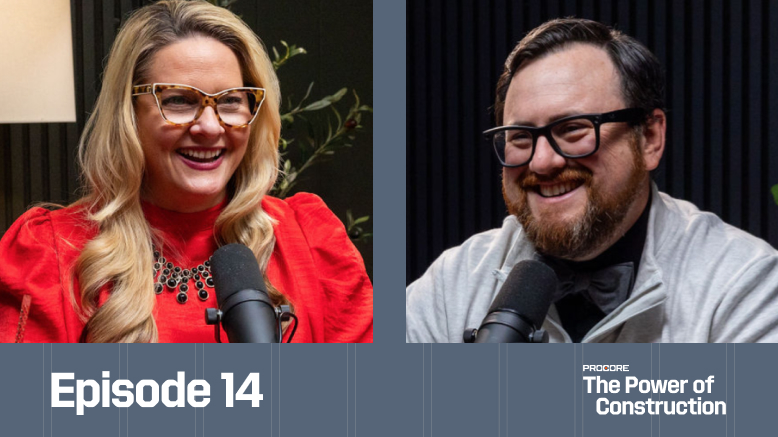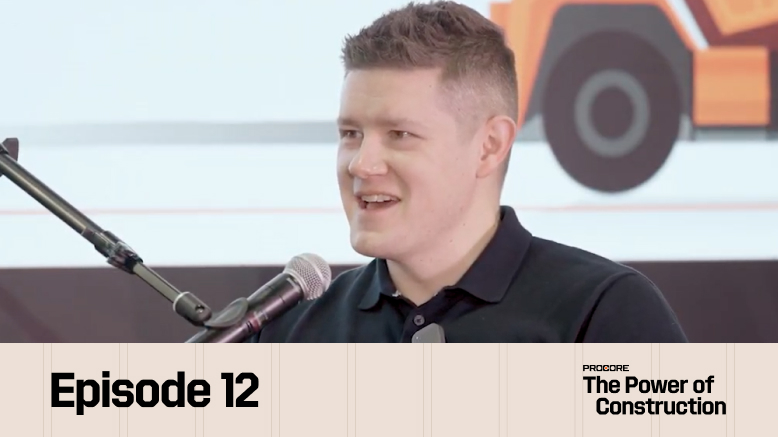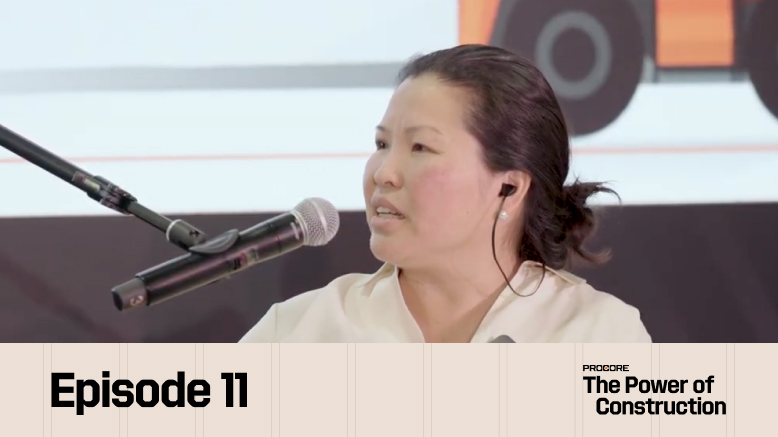The Economic Reality of Gender Inequality
The conversation opens with stark statistics that frame the gender gap as an economic imperative rather than just a social issue. While women represent 29% of C-suite positions across industries (up from 17% in 2015), construction lags dramatically behind with only 1.4% of C-suite leaders being women, dropping to just 1% in heavy construction.
These numbers reveal an untapped resource at a time when the industry faces unprecedented workforce challenges.
What Companies Lose Without Gender Diversity
Nancy Novak, Chief Innovation Officer at Compass Datacenters, explains that companies without diverse leadership lose crucial innovation, experience, and knowledge. When decision-making teams share similar backgrounds, educations, and experiences, they become limited by their collective perspective.
"As humans, we're limited," Novak observes. "Our brains only know what we've been taught and what we've experienced, and we can't know any more than that." This limitation becomes a significant business risk in an industry ripe for change.
The Business Case for Diversity
The conversation reveals compelling business data: companies with women on their boards are typically 20% more profitable than those without. At Compass Datacenters, this translates to measurable results: over 20% female representation in the C-suite, 30% in senior leadership, and 90% in construction management field positions.
These numbers demonstrate that gender parity isn't just possible—it's profitable.
Breaking Down Barriers: A Personal Journey
Novak shares her personal story of growing up in a construction family, with her father—a ring corps sergeant and general superintendent—deliberately preparing her for industry challenges.
Through humorous anecdotes about bridges designed by women and female fighter pilots, her father built her confidence while subtly demonstrating women's capabilities across traditionally male-dominated fields.
Culture as the Foundation
Rather than pursuing diversity for its own sake, Compass focuses on building a culture that naturally attracts diverse talent. Novak emphasizes they don't engage in tokenism or quota-based hiring.
Instead, they've created an environment that celebrates differences and supports all employees, resulting in diversity as a byproduct of strong culture rather than a forced initiative.
Data-Driven Decision-Making and Curiosity
The discussion explores how data can bridge divides between different perspectives and drive better behaviors. Novak advocates for using data to help people "take off the old coat and put on the new coat" when evidence shows better approaches.
She emphasizes the importance of staying curious, asking why, and examining issues from multiple angles—qualities that diverse teams naturally bring to problem-solving.
The Potential vs. Prudential Conundrum
Drawing from research by the University of Maryland analyzing 1,600 LinkedIn profiles, the conversation reveals that men ascend to leadership roles within single firms at four times the rate of women. Women must jump between companies 56% more often and hold 19% more titles to reach executive positions. More than half of women have graduate degrees compared to less than one-third of men, illustrating the "jungle gym" approach women must take for career advancement.
Novak traces this to systemic differences in how men and women are taught to approach opportunity. Women are conditioned to accumulate credentials and ensure they're fully qualified before advancing, while men are encouraged to pursue potential and learn on the job. This creates the "potential versus prudential" divide that holds back qualified women.
The Google Revelation
A pivotal moment in Novak's understanding came from a conversation with Laszlo Bock from Google at a Wall Street Journal conference. Google's self-promotion policy revealed that women who put themselves up for promotion received it over 90% of the time, while men received promotions less than half the time.
The reason: women waited until they were overqualified, while men applied as soon as they felt ready.
Addressing the Leaky Pipeline
The conversation tackles construction's "leaky pipeline" problem—the industry's ability to recruit women but struggle to retain them. Novak attributes this to systemic behavior where leaders can't envision someone different from themselves succeeding in similar roles.
Through a compelling story about a couple starting a family, she demonstrates how implicit bias leads to well-intentioned but misguided decision-making that ultimately hurts careers and families.
The Rising Tide Philosophy
Novak's philosophy that "a rising tide lifts all boats" recognizes that improvements for women benefit everyone. Technologies and policies that create safer work environments, better work-life balance, and longer careers help all workers—male and female, white collar and blue collar.
The goal isn't special treatment but industry-wide improvements that attract desperately needed talent.
Technology and the Future Workforce
Looking ahead, Novak expresses excitement about artificial intelligence's potential to solve more problems than it creates. She views AI not just as digital assistance but as a comprehensive approach to studying materials, fine-tuning processes, and improving sustainability.
Her analogy of AI as an advanced driver assistance system—helping without replacing human judgment—illustrates how technology can augment rather than replace human expertise.
National Security Implications
The conversation addresses the workforce crisis as a potential national security concern, noting a White House roundtable that acknowledged the criticality of maintaining construction capabilities for infrastructure development.
With an aging workforce desperately needing replenishment and diverse perspectives, the industry must change to attract talent while building critical infrastructure from data centers to hospitals, bridges, and power plants.
Rapid-Fire Q&A with Nancy Novak
Book Recommendation: Getting to 50/50: How Working Parents Can Have It All by Joanna Strober and Sharon Meers
Sources for Different Perspectives: AI and ChatGPT for exploring different viewpoints
Advice to Younger Self: "Don't cross bridges till you get to them" and "Don't let your facts get in the way of your message"
Innovation Shaping Construction's Future: Artificial Intelligence
Industry Tagline: "Stay curious. Never be bored."
Key Takeaways
This episode reveals that building a future-ready workforce requires:
- Economic Understanding: Gender diversity isn't just socially responsible—it's economically essential
- Cultural Foundation: Strong culture naturally attracts diverse talent without tokenism
- Bias Recognition: Understanding implicit bias enables better decision-making and retention
- Data-Driven Insights: Information can help overcome preconceptions and drive behavioral change
- Leadership Development: Pulling people up rather than waiting for perfect credentials
- Systemic Change: Industry-wide improvements benefit all workers, not just underrepresented groups
- Technology Integration: AI and automation can create better working conditions for everyone
- Curiosity Culture: Staying curious and questioning assumptions drives innovation and inclusion
Nancy Novak and Compass Datacenters demonstrate that the construction industry's future depends not just on adopting new technologies, but on building inclusive cultures that maximize human potential. The conversation makes clear that in a time of workforce crisis and unprecedented building demands, the true cost of the gender gap isn't just social—it's economic, innovative, and potentially a matter of national security. The industry that can successfully bridge this gap will be the one that builds the future.




